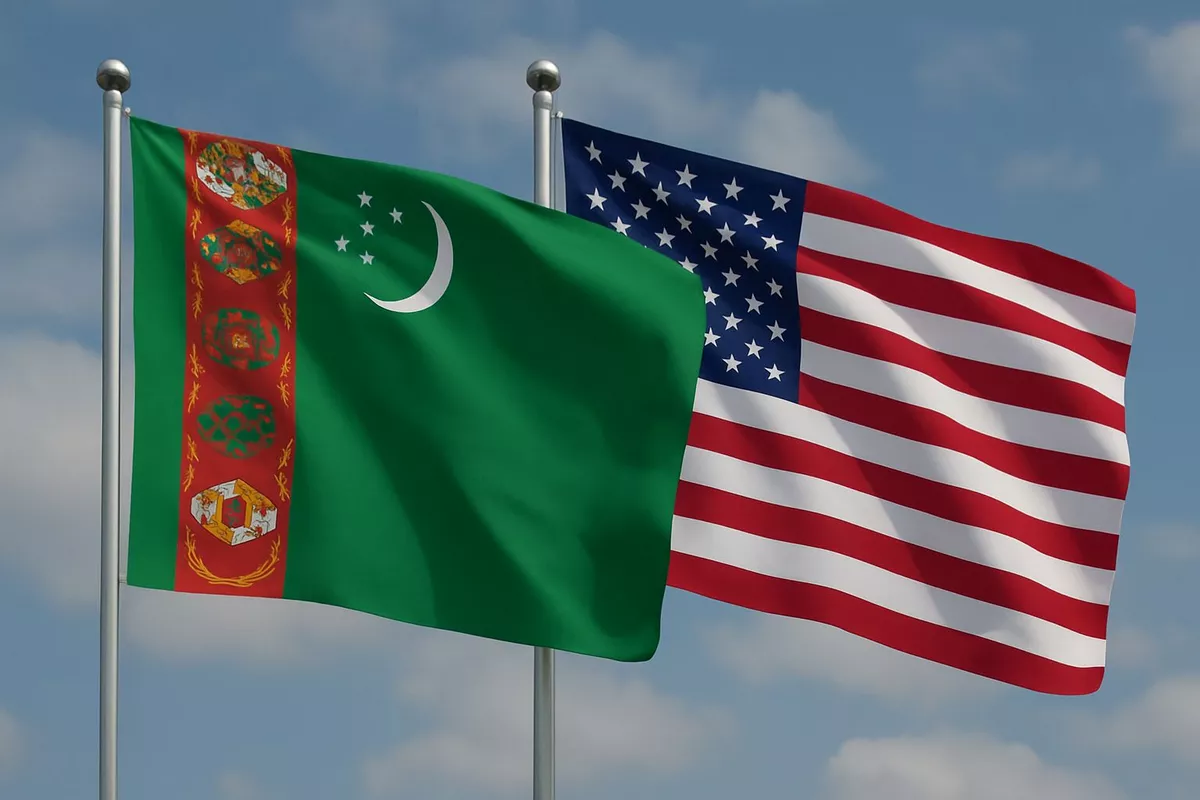
On June 30, 2025, the two-week multinational military exercise “Regional Cooperation 25” will conclude at the joint Cape Cod base in Massachusetts.
The drills have brought together around 250 military personnel from five Central Asian nations, along with representatives from Pakistan, Mongolia, and the United States. Yet among the participants, one country stood out: Turkmenistan - a nation long committed to neutrality, yet increasingly seen as a strategic player in the region’s shifting geopolitics.
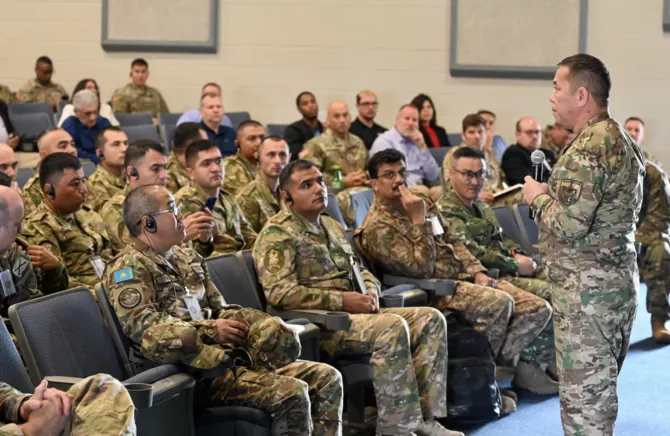
Photo credit: centcom.mil
International observers noted with particular interest the high-level diplomatic engagements that took place during the exercise. On June 22 and 24, Turkmenistan’s Foreign Minister Rashid Meredov held phone conversations - first with U.S. Deputy Secretary of State Christopher Landau, and then with Secretary of State Marco Rubio. The latter discussion culminated in an agreement to hold the annual bilateral consultations “as soon as possible,” underlining Washington’s renewed interest in Ashgabat.
This attention is not coincidental. Analysts increasingly argue that U.S. overtures toward Turkmenistan are closely linked to the country’s shared border with Iran. In the context of rising U.S.-Iran tensions and broader instability in the Middle East, Turkmenistan - neutral, strategically located, and quietly influential - has emerged as a potentially crucial interlocutor.
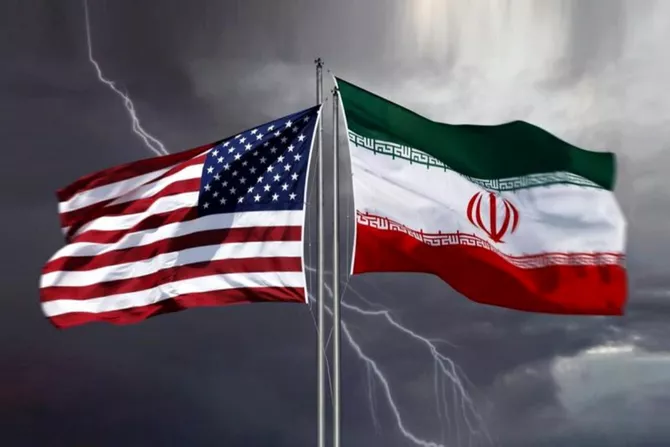
Relations between Ashgabat and Tehran have flourished in recent years, built on pragmatic energy cooperation and a shared interest in regional stability. In March 2025, Turkmenistan began exporting natural gas to Turkey via Iran - a project expected to enhance energy security for both countries while opening a vital corridor for Turkmen gas to reach European markets.
In the same month, Iran and Turkmenistan discussed the creation of a new cross-border trading platform aimed at boosting bilateral commerce. Trade figures tell a compelling story: between March 21 and April 20, 2025, Iranian exports of non-oil goods to Turkmenistan rose by over 3% year-on-year. More than 100,000 tons of goods worth nearly $30 million crossed the border in that single month.
By May, momentum had built further. During the 18th session of the Iran-Turkmenistan Joint Economic Commission, the two nations signed a roadmap to increase bilateral trade to $3 billion. Iranian Transport Minister Farzane Sadeghi emphasized the strategic importance of both countries within the North-South and East-West transit corridors, revealing an ambitious target: 20 million tons of cargo by 2028, up from current levels.
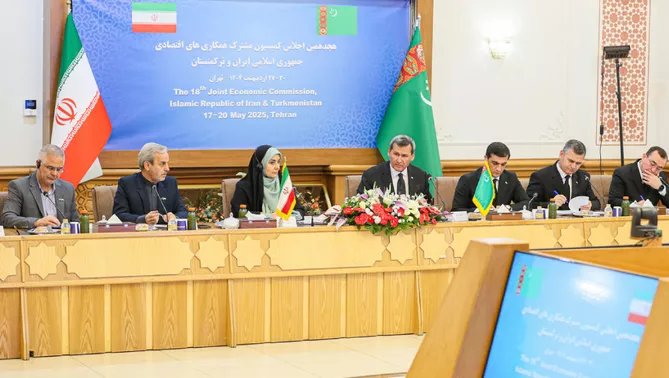
Photo credit: totalnews.com.tr
Foreign Minister Meredov identified three pillars of energy cooperation with Iran:
• Direct gas exports to the Iranian market;
• Joint development of compressor stations and pipeline infrastructure;
• Third-party gas sales routed through Iranian territory.
With an annual natural gas output exceeding 80 billion cubic meters, Turkmenistan sees Iran as a vital transit partner for unlocking broader international markets.
But Ashgabat’s importance to global powers isn't limited to energy. In the early days of the Iran-Israel war, Turkmenistan played a humanitarian role. Its government offered safe transit and temporary shelter for diplomats and foreign nationals evacuating Iran. Over 50 countries reached out to Ashgabat for assistance, and by June 28, Turkmenistan had received more than 4,600 evacuees, providing transport, accommodations, food, and medical essentials.
On June 23, Iranian Foreign Minister Abbas Araghchi visited Ashgabat to express gratitude for Turkmenistan’s assistance and reaffirm Tehran’s commitment to “constructive political dialogue.” The very next day, Meredov’s second call with Secretary Rubio took place - during which Rubio thanked Turkmenistan for aiding the evacuation of U.S. citizens from Iran and reiterated America’s intent to deepen economic and political cooperation with the country.
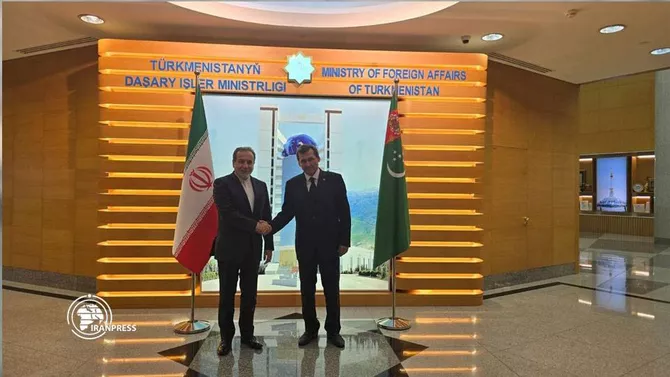
Photo credit: Iran Press
Some experts have also revived speculation about U.S. interest in the former Soviet airbase Mary-2. While that facility remains dormant, a notable development occurred in May: a new airport opened in the town of Jebel, just 20 kilometers from Balkanabat, on the site of a former Soviet military airfield. The project was funded by the United Arab Emirates - itself a signal of growing regional connectivity centered on Turkmenistan.
In parallel, diplomatic engagement continues. In late April, Turkmenistan’s Embassy in Washington held several events to promote academic partnerships and celebrate the 30th anniversary of the country’s permanent neutrality. And on June 8, Meredov met with Eric Stewart, Executive Director of the U.S.-Turkmenistan Business Council, to discuss potential avenues for deepening bilateral trade and investment.
Still, the relationship is not without friction. Turkmenistan remains on the U.S. list of countries subject to visa restrictions - a decision that drew sharp protest from the Turkmen foreign ministry, which expressed “deep concern and incomprehension.”
Yet the larger trend is unmistakable. The recent wave of U.S.-initiated high-level contacts with Ashgabat signals a significant recalibration of Washington’s regional strategy. Analysts believe the White House is preparing to elevate Turkmenistan within its broader Eurasian policy framework - leveraging Ashgabat’s neutrality, energy potential, and unique position vis-à-vis Iran.
In an era when neutrality is itself a geopolitical asset, Turkmenistan is no longer just a silent observer of regional shifts. It is increasingly becoming a strategic bridge - between East and West, between conflict zones and diplomatic corridors. Washington appears to have taken note. The only question is: what role will Turkmenistan choose to play next?
Share on social media